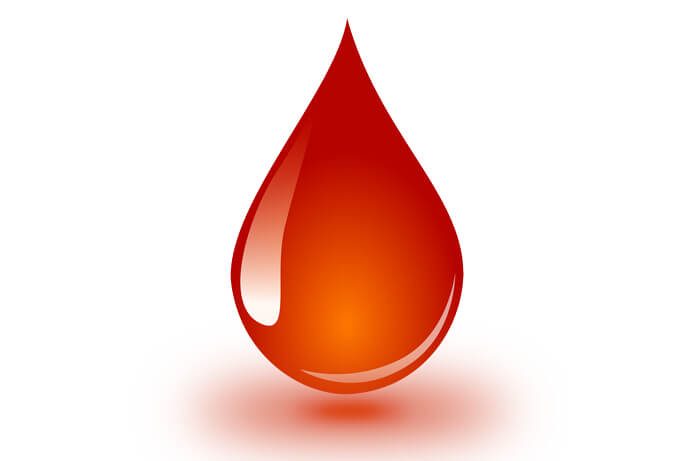National Blood Donor Month is an annual campaign that takes place every January to encourage individuals to donate blood. This campaign began in 1970 with the goal of increasing blood and platelet donations during the winter.
Fewer individuals donate blood during the winter due to seasonal illnesses like the flu, holiday travel and inclement weather. Inclement weather in certain places has caused the cancellation of blood drives and the closure of blood donation centres. For this reason, January is one of the most difficult times of the year to receive enough blood products to meet patient needs.
National Blood Donor Month is an opportunity to start off the New Year by giving back and helping others – at no cost. Individuals 17 years old and over can donate blood. Individuals younger than 17 can donate in some states in the USA with parental consent. Individuals must be healthy and weigh at least 110 pounds.
Facts about blood donation:
- In the United States and Canada, more than 4.5 million patients need blood transfusions each year – 43,000 pints of donated blood is used daily
- Every 2 seconds, someone needs blood
- 1 pint of blood can save up to 3 lives
- Type O negative is the most requested blood type because it can be transfused to patients of all blood type – only 7% of individuals in the United States have type O negative blood
- Approximately 38% of individuals in the United States are eligible to donate blood however, less than 10% actually donate
- Blood can be donated every 56 days (about every 2 months)
- Women using birth control or other contraceptives can donate blood
You cannot donate blood if you have low iron or if you have cold or flu-like symptoms such as a fever or cough. Individuals with recent vaccinations, illnesses, or who are using any other medications must consult a healthcare provider first. If you are unable to donate blood, you may consider volunteering or hosting your own blood drive. You may also provide a financial donation.
Want to know more? Read about the latest research on blood health here.
Written by Alana Punit
References:
- “Fast Facts For National Blood Donor Month”. Ispecimen, 2018, https://www.ispecimen.com/blog/fast-facts-national-blood-donor-month/. Accessed 19 Dec 2018.
- “National Blood Donor Month”. Federally Employed Women, 2018, https://www.few.org/national-blood-donor-month/. Accessed 19 Dec 2018.
- “Requirements By Donation Type”. Redcrossblood.Org, 2018, https://www.redcrossblood.org/donate-blood/how-to-donate/eligibility-requirements.html. Accessed 19 Dec 2018.
- Shah, Haisam. “What Is Optimal Frequency Of Blood Donations Without Compromising Health?”. Medical News Bulletin, 2017, https://www.medicalnewsbulletin.com/frequency-blood-donations-compromising-health/. Accessed 19 Dec 2018.



